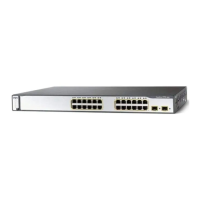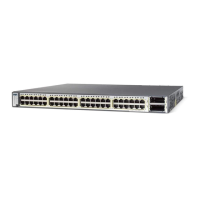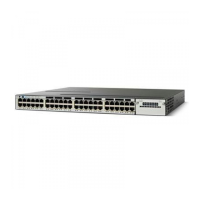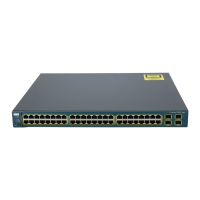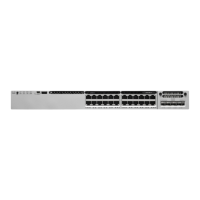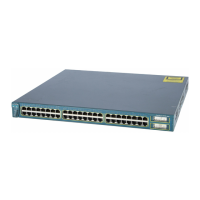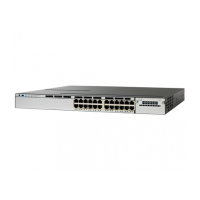Contents
xx
Catalyst 3750 Metro Switch Software Configuration Guide
78-15870-01
CHAPTER
26 Configuring QoS 26-1
Understanding QoS 26-2
Basic QoS Model 26-4
Ingress Classification 26-6
Ingress Classification Based on QoS ACLs 26-8
Ingress Classification Based on Traffic Classes and Traffic Policies 26-8
Ingress Policing and Marking 26-9
Mapping Tables 26-11
Queueing and Scheduling Overview 26-12
Weighted Tail Drop 26-13
SRR Shaping and Sharing 26-14
Queueing and Scheduling of Ingress Queues 26-15
Queueing and Scheduling of Egress Queue-Sets 26-17
Understanding Hierarchical QoS 26-19
Hierarchical Levels 26-20
Egress Classification Based on Traffic Classes and Traffic Policies 26-23
Egress Policing and Marking 26-24
Queueing and Scheduling of Hierarchical Queues 26-26
Hierarchical Queues 26-27
Congestion-Management and Congestion-Avoidance Features 26-27
Configuring Auto-QoS 26-29
Generated Auto-QoS Configuration 26-30
Effects of Auto-QoS on the Configuration 26-33
Auto-QoS Configuration Guidelines 26-33
Enabling Auto-QoS for VoIP 26-34
Auto-QoS Configuration Example 26-35
Displaying Auto-QoS Information 26-37
Configuring Standard QoS 26-37
Default Standard QoS Configuration 26-38
Default Ingress Queue Configuration 26-38
Default Egress Queue-Set Configuration 26-39
Default Mapping Table Configuration 26-39
Standard QoS Configuration Guidelines 26-40
Packet Modification 26-41
Enabling QoS Globally 26-42
Configuring Ingress Classification by Using Port Trust States 26-42
Configuring the Trust State on Ports Within the QoS Domain 26-42
Configuring the CoS Value for an Interface 26-45
Configuring a Trusted Boundary to Ensure Port Security 26-46
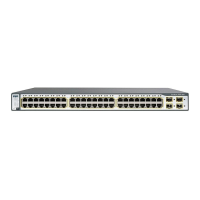
